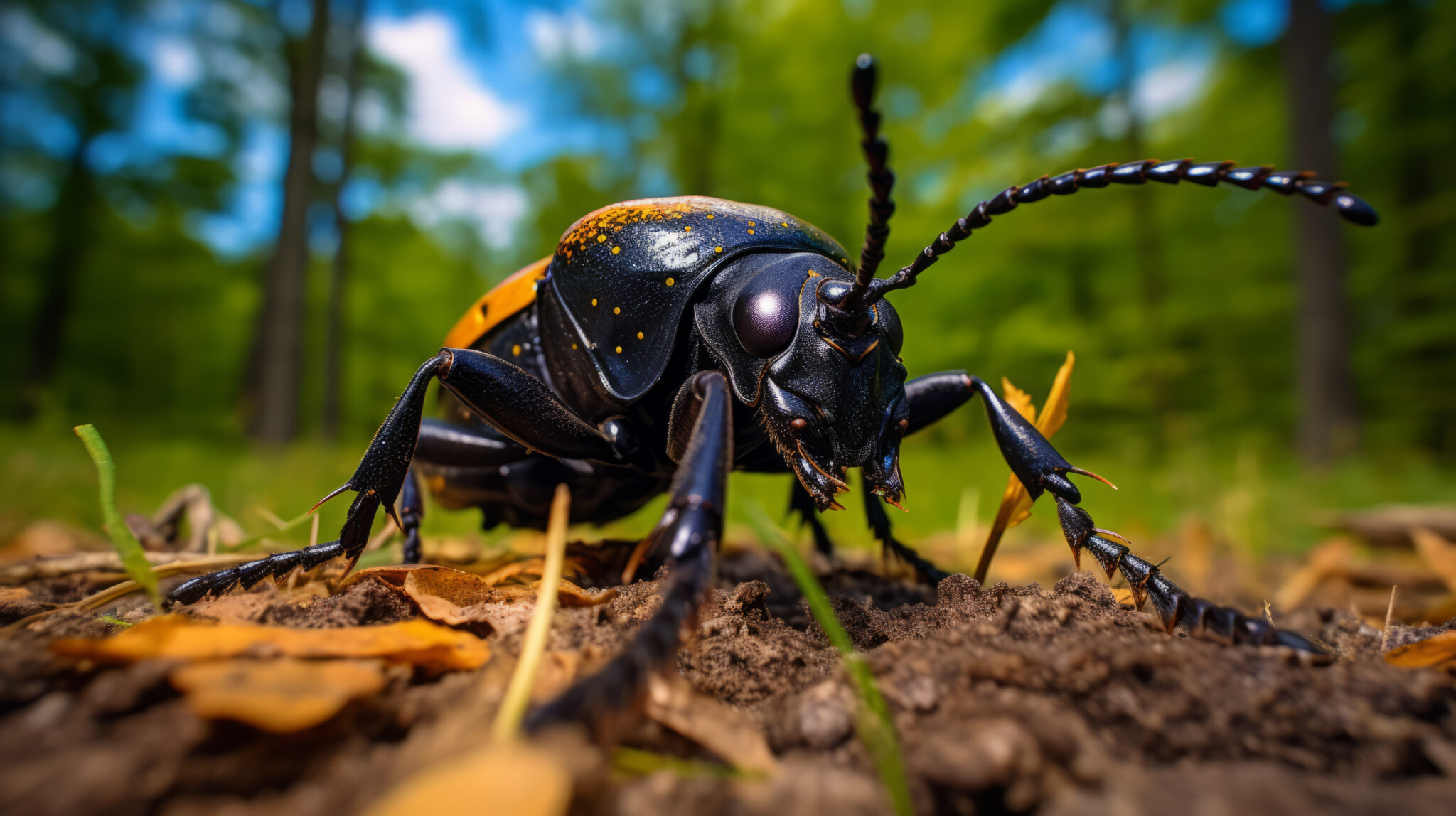Chagas disease is a serious illness caused by a parasite carried by insects called kissing bugs. Experts now say it should be considered endemic in the United States, meaning it is a constant presence in some areas. This is a big deal because many people don’t know about the disease, and it can cause severe health problems if not treated early. A new report from the US Centers for Disease Control and Prevention (CDC) is raising awareness about this issue. Here’s what you need to know about Chagas disease and why it matters.
1. What Is Chagas Disease?
Chagas disease comes from a parasite called Trypanosoma cruzi, which is spread by triatomine bugs, also known as kissing bugs. These bugs bite people, often at night while they sleep, and leave feces near the bite. If the feces get into the eyes, nose, or mouth, the parasite can enter the body. The disease can also spread through:
- Contaminated food or drinks.
- Blood transfusions or organ transplants.
- From a mother to her baby during pregnancy.
Early symptoms include fever, body aches, headaches, rash, vomiting, and tiredness. These can last for weeks or months. For most people, the symptoms go away, but the parasite stays in the body. About 20% to 30% of infected people later develop serious problems, such as:
- Heart failure.
- Digestive issues.
- Nervous system disorders.
- Stroke or even death.
If caught early, Chagas can be treated with medicines like benznidazole or nifurtimox, which kill the parasite. But these drugs work best soon after infection. If the disease progresses, treatment becomes less effective.
2. Why Is Chagas a Problem in the US?
Chagas is well-known in Latin America, where it’s a major cause of heart disease. The World Health Organization calls it a neglected tropical disease because it doesn’t get enough attention. Now, experts say it’s a problem in the US too. Here’s why:
- Kissing Bugs Are Common: These bugs have been found in 32 states, mostly in warmer southern areas. Climate change is making more places suitable for them, so they may spread further.
- Infected Animals: The parasite has been found in animals like opossums, raccoons, armadillos, skunks, coyotes, and wood rats in at least 17 states. Even pets, like dogs and cats, and zoo animals have been infected.
- Human Cases: Doctors have reported Chagas in people in eight states: Arkansas, Arizona, California, Louisiana, Missouri, Mississippi, Tennessee, and Texas. There are likely more cases, but most states don’t require doctors to report them.
- Limited Awareness: Many doctors in the US don’t think to test for Chagas. Some people only find out they have it when they donate blood, as the US has tested its blood supply for Chagas since 2007.
The CDC estimates about 280,000 people in the US have Chagas, but no one knows how many have severe symptoms or die from it each year.
3. Why Calling Chagas Endemic Matters
Experts like Dr. Norman Beatty and Dr. Mario Grijalva say declaring Chagas endemic in the US could change how it’s handled. When a disease is seen as a local problem, it gets more attention from health officials. This could lead to:
- Better Surveillance: More tracking of where kissing bugs and infections are found.
- Increased Testing: Doctors might test patients sooner, catching the disease when it’s easier to treat.
- Public Awareness: People would learn how to protect themselves, like sealing homes or using window screens.
- More Funding: Money could go toward research and prevention programs, like those for mosquitoes.
Dr. Grijalva saw this in action in Latin America. In countries like Chile, Bolivia, and Argentina, strong public health campaigns have helped people manage Chagas. But in places like Ecuador and Peru, where awareness is low, many don’t even know the disease exists.
4. How Can People Protect Themselves?
There are no specific sprays to target kissing bugs in the US, but you can take steps to keep them away:
- Seal cracks and gaps in your home to stop bugs from getting inside.
- Use window screens to block entry points.
- Spray general insecticides around your home.
- Check for bugs in bedding or near sleeping areas, especially in warmer states.
Dr. Beatty, who works in Florida, says about 30% of kissing bugs there carry the parasite. People often bring him bugs to test because they’re scared. He hopes more doctors will start paying attention to Chagas.
5. What’s Next for Chagas in the US?
The new CDC report is a step toward getting Chagas the attention it needs. Experts want more surveillance, like what’s done for mosquitoes. They also want doctors to test for Chagas when patients have unexplained heart or digestive problems. Public awareness campaigns could teach people how to stay safe.
Chagas is a serious disease, but it can be managed with early treatment and prevention. By recognizing it as endemic, the US could save lives and reduce suffering. For now, people in affected areas should stay alert and take simple steps to protect themselves from kissing bugs.






















